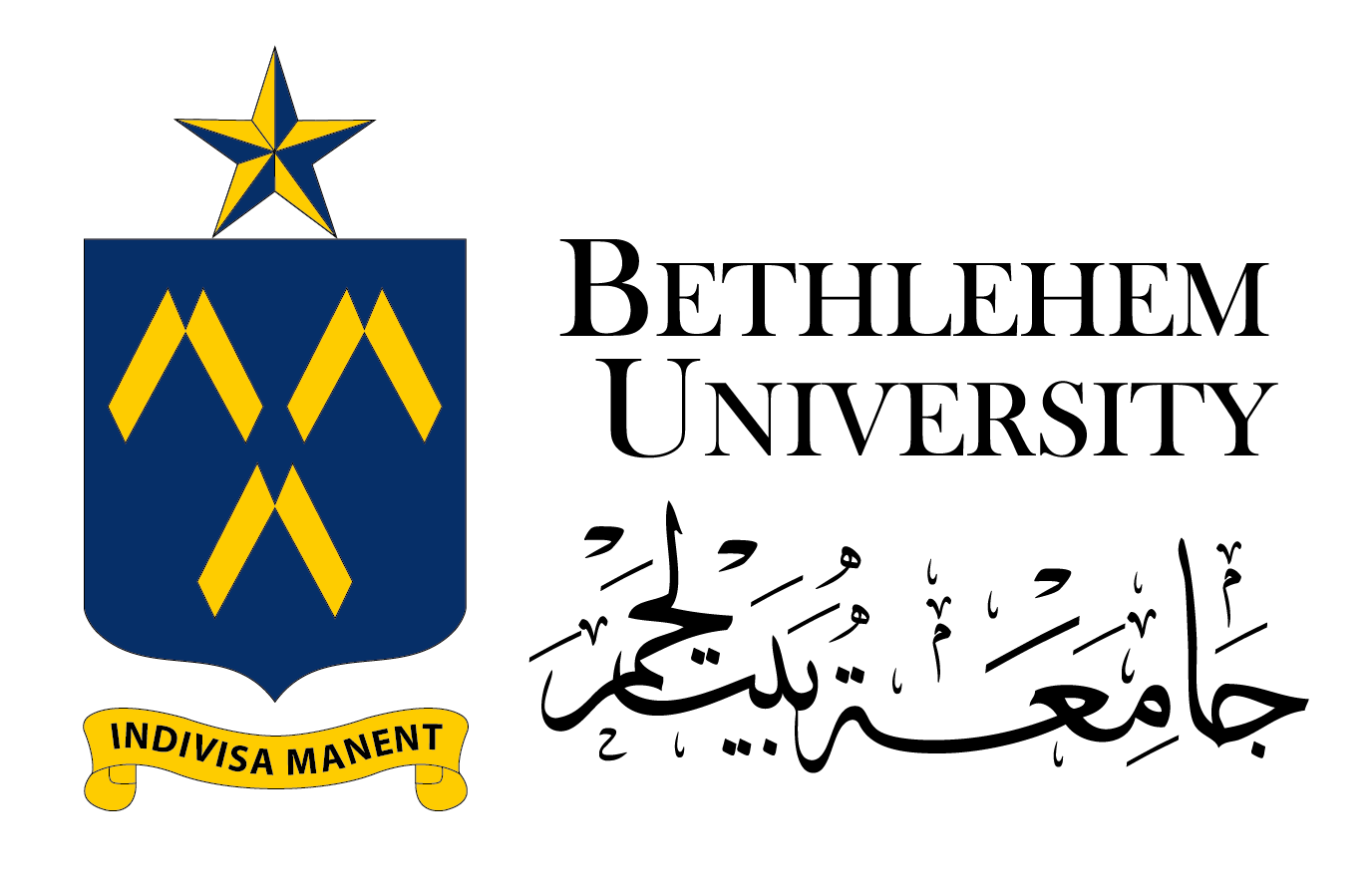From: Middle East Eye
By Megan Giovannetti in Bethlehem, occupied West Bank
The museum’s vision is of a sustainable community where humans and nature work and live together harmoniously
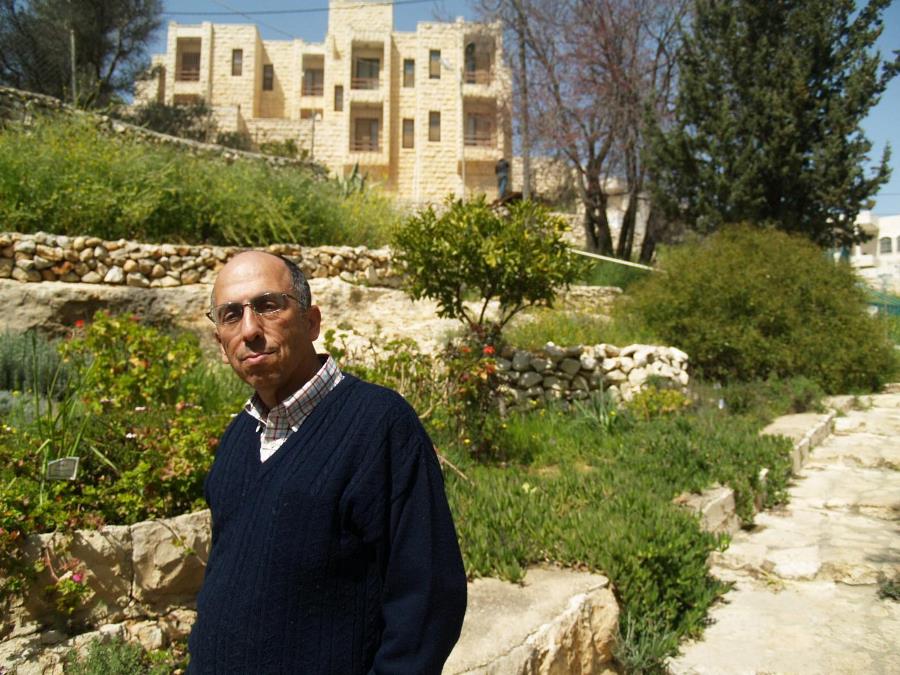
Dr Mazin Qumsiyeh is sitting under the spring sun in the garden of Palestine’s first and only museum of natural history, proud of what surrounds him.
“Just like I create an environment where these plants grow, I create an environment where human beings can grow, flourish, succeed.”
Qumsiyeh is a well-known scientist, speaker and widely syndicated writer with a large body of published work in genetics, as well as being a human rights advocate.
He teaches at the universities of Bethlehem and Birzeit and previously served on the faculties of the universities of Tennessee, Duke, and Yale in the US, where he lived for 24 years.
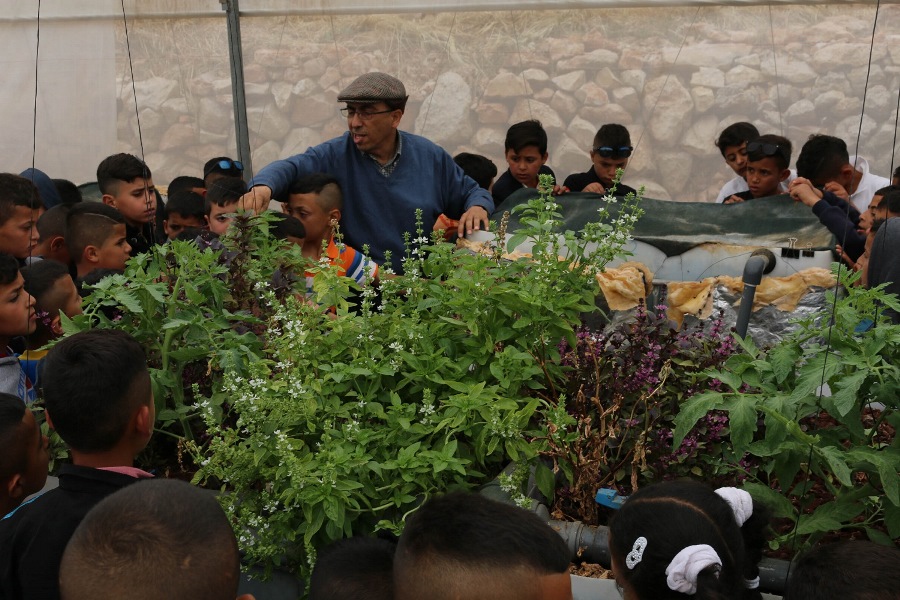
For Qumsiyeh, who returned from the US to Bethlehem with wife Jesse in 2008, the study of natural diversity in Palestine and the environmental impact of the Israeli occupation are intimately linked.
That’s what we’re looking for – a place of positive energy that’s infectious in the community
Five years ago, Qumsiyeh and his wife planted the seed of the Palestine Museum of Natural History with their own savings. They also established a research centre, the Palestine Institute for Biodiversity and Sustainability, through Bethlehem University, and today the institute and the museum are the leading producers of scientific research on biodiversity in Palestine.
The museum’s vision is of a sustainable community where humans and nature work and live together harmoniously. This goal is worked on in three ways: research, education, and conservation.
That’s what we’re looking for
– a place of positive energy that’s infectious in the community
– Dr Mazin Qumsiyeh
But the museum is more than just a research institute or a showroom full of interesting stones and taxidermy. “It’s an oasis,” says Mohammed Abu Sarhan, 23, the museum’s lead biologist. “The environment here at the museum doesn’t exist anywhere else in Palestine.”
To many at the museum, like Abu Sarhan, it has changed lives.
“It’s something that changes the way you think and the way you behave in the environment around you,” Abu Sarhan says. “Not just to the natural environment but to the societal or political as well.”
Qumsiyeh, author of Popular Resistance in Palestine: A History of Hope and Empowerment and several books on wildlife in the Holy Land, leaves a lasting impression on all his visitors.
Local schoolchildren come to learn about the global issue of climate change and leave empowered to change something in their local community. International travellers come to learn about the political situation in Palestine and leave with new knowledge about the struggle for environmental justice.
Most importantly, “people come here and they leave excited, energised,” Qumsiyeh says.
“That’s what we’re looking for – a place of positive energy that’s infectious in the community.”
Fighting two fronts
The main goals of the museum and institute are to research, educate, and conserve the natural environment. In this pursuit, however, the effects of the Israeli military occupation cannot be ignored.
“The museum is in the middle of the occupation in Bethlehem,” says Majid Douglas, an engineer from Nablus and a museum partner. “It cannot just be a project about protecting the environment because the environment is getting attacked by the Israelis.”
The occupation’s assault on the environment of historic Palestine comes in many forms, dating all the way back to even before the creation of the state of Israel.
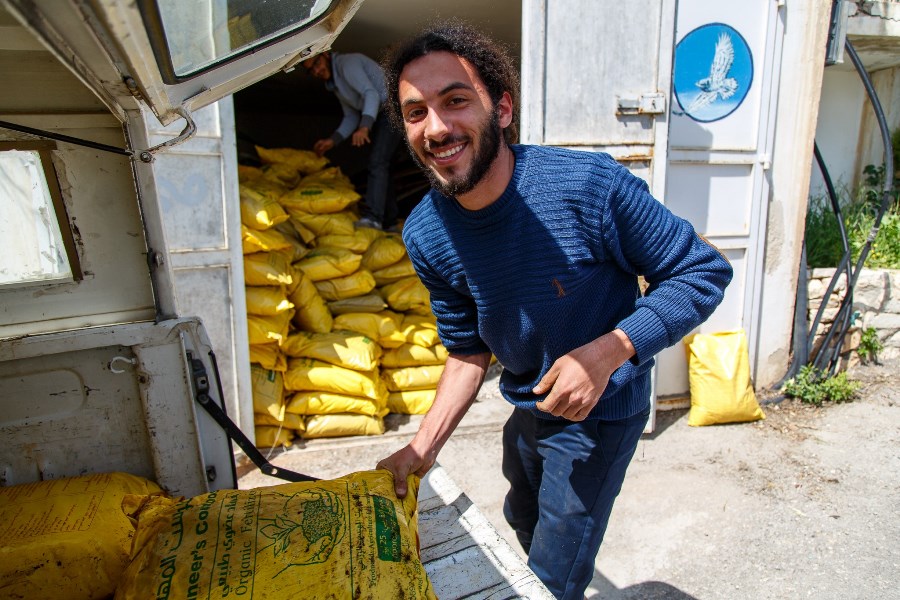
“The introduction of invasive species, specifically in the pine trees,” is one example Abu Sarhan gives in explaining how the beginning of the colonial project dramatically affected the environment. Europeans came and “planted [pine trees] over destroyed Palestinian land and the effect of this is catastrophic”.
Qumsiyeh says that at the beginning of the creation of Israel, “the Zionist colonisers who came here, they did projects like draining the wetlands of the Hula reserve and that resulted in the disappearance of 119 different species”.
The continuation of the military occupation until today also has its own detrimental effect on the natural landscape of Palestine.
The political situation deeply affects the environment in Palestine
– Mohammed Abu Sarhan, biologist
“Another major example is just across the way, the settlement of Har Homa,” says Abu Sarhan, pointing out of the window to where one of the largest settlements in the West Bank is nestled on a hilltop just outside Bethlehem. “It used to be a forest just 20 years ago, but now you look and see it’s a totally populated area.”
The infrastructure of settlements has dramatically altered Palestine’s natural landscape, but, as Qumsiyeh emphasises, “industrial settlements also dump their toxic waste, and both Palestine’s native people and also the environment suffer from these colonial activities”.
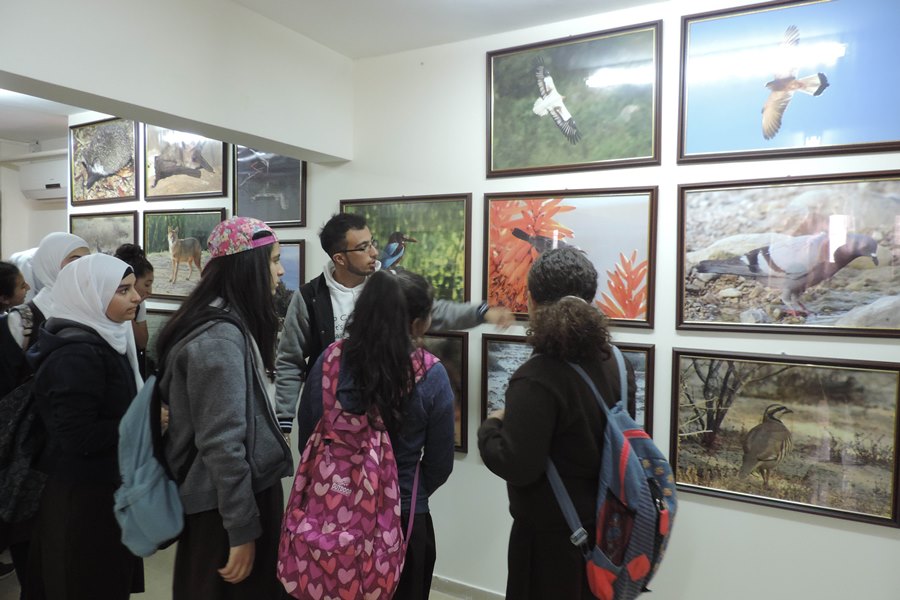
Abu Sarhan points to the multiple scientific articles that the institute and the museum have published, reporting on the destruction of habitats by Israel, including the effects of toxic waste dumping.
“So yes,” Abu Sarhan says. “The political situation deeply affects the environment in Palestine.”
Reconnecting to the land
“Colonisers want the same thing,” Qumsiyeh says. “They want the land, and they want to create a new reality without the people that come with the land.”
Systemic land-grabs, the imposed permit regime, and “ghettoisation” of Palestinians into small urban enclaves known as “Area A” are just a few mechanisms that Qumsiyeh says Israel uses to physically separate Palestinians from the land.
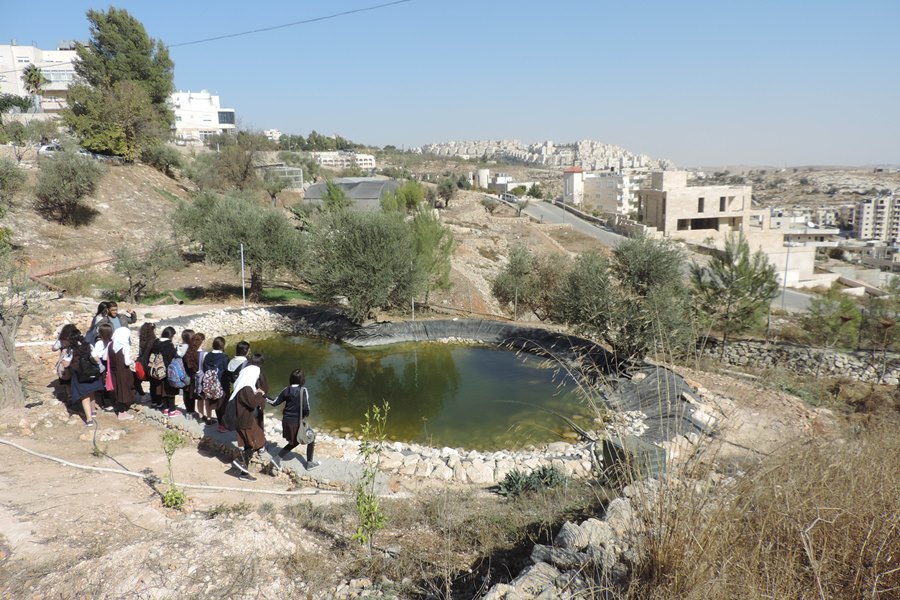
But in so doing, Palestinians are being separated from their culture and history as well.
“Most of our work in the past was in agriculture,” says Mohammed Najajrah, 26, a co-coordinator of a new cultural heritage project taken on by the museum, which focuses on collecting data and artefacts of Palestinian agrarian history.
“We don’t have access to our lands, and the work on our lands costs us more than working on settlements,” Najajrah tells MEE. “So most people [have] stopped working in agriculture.”
Najajrah says the museum will add a new exhibit to display traditional tools, old photos, and proverbs centred around farming.
Respect: respect for yourself, respect for others, respect for the environment
Dr Mazin Qumsiyeh
“Israel is trying to have our Palestinian history disappear from our area and to create an Israeli history,” Najajrah says.
So the cultural heritage project is aimed at counteracting this degradation of historical knowledge. “We’re taking people back to the land,” Qumsiyeh says. “To reconnect as native people to the land […] is a form of resistance.”
Museum partner Douglas expresses the importance of showcasing the agricultural life of Palestinians before colonisation. Agriculture, “was our way of connecting with the world, and they separated us from it,” he says.
“We need to show the world we had a normal life before the occupation. We aren’t just a group of people that is occupied,” Douglas says.
‘To exist is to resist’
“Our job here is mental liberation,” Qumsiyeh says. “Freedom from mental colonisation.”
The motto of the museum is “Respect: respect for yourself, respect for others, respect for the environment.” In that order, Qumsiyeh specifies. “I cannot respect nature or other people if I don’t respect myself, if I don’t feel empowered.”
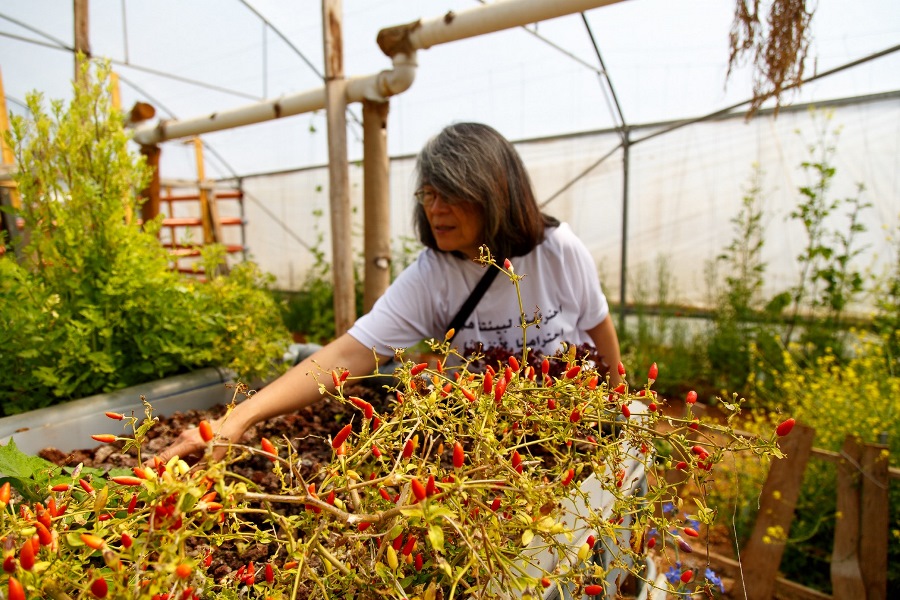
The atmosphere that Qumsiyeh has created at the museum is a vehicle of self-empowerment for Palestinians and global citizens. “When your mind is free you can do many things,” even under difficult circumstances, he says.
More than just producing research, “we are producing new realities,” Qumsiyeh adds.
The key is creativity. “There are a bunch of obstacles,” Abu Sarhan says, “but sometimes they can be seen as opportunities.”
With limited physical space and access to natural resources – consequences of both the occupation and climate change – the push toward sustainability in Palestine becomes that much more relevant.
There are a bunch of obstacles, but sometimes they can be seen as opportunities
Mohammed Abu Sarhan, biologist
The garden at the museum utilises various modules to educate people on living self-sustainably, including hydroponic and aquaponic systems – methods of growing plants and fish together, without soil, by using mineral nutrient solutions in a water solvent; a biogas system – a system of creating gas from organic compost; and various methods of organic gardening.
“We brought some people from Gaza here,” Qumsiyeh gives as an example, “and we trained them in aquaponics so they can go and raise their own fish and vegetables in a very limited space with very limited natural resources that are left for them.”
The museum is also working on a community garden project, where 25 small plots of land have been carved out of the museum’s garden to facilitate 25 families from refugee camps in Bethlehem.
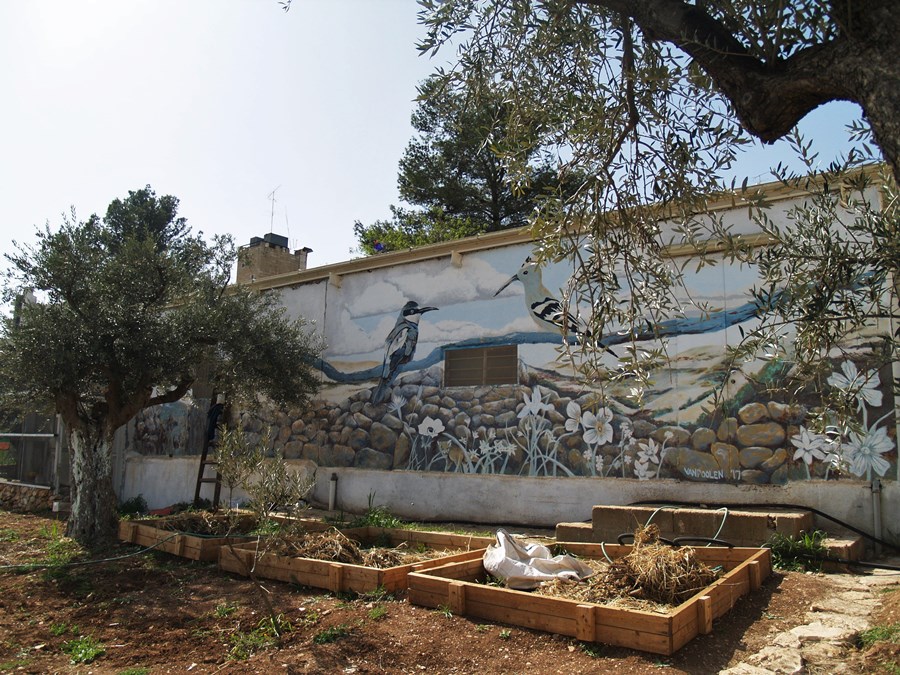
“Through our work on cultural heritage, we see how much the people in the past worked together,” Najajrah says, adding that this is one of the reasons for the garden.
The idea behind the community garden is to guide the new Palestinian generation back to their roots of working together and with the land.
More generally, museum projects such as the community garden simply promote a healthy, sustainable lifestyle. “You develop a positive attitude about life,” by working in these areas, Qumsiyeh believes. “It provides a positive energy that otherwise people under colonisation and occupation feel a negative energy.
“When we are sitting out here in the open area [of the museum garden] and seeing all these flowers and butterflies flying around, this to me is the essence of saying, ‘No. I am a human being and this land is mine.'”
“Establishing the museum and being here in Bethlehem is actually one form of non-violent resistance,” Abu Sarhan says proudly. “As they say: to exist is to resist.”
